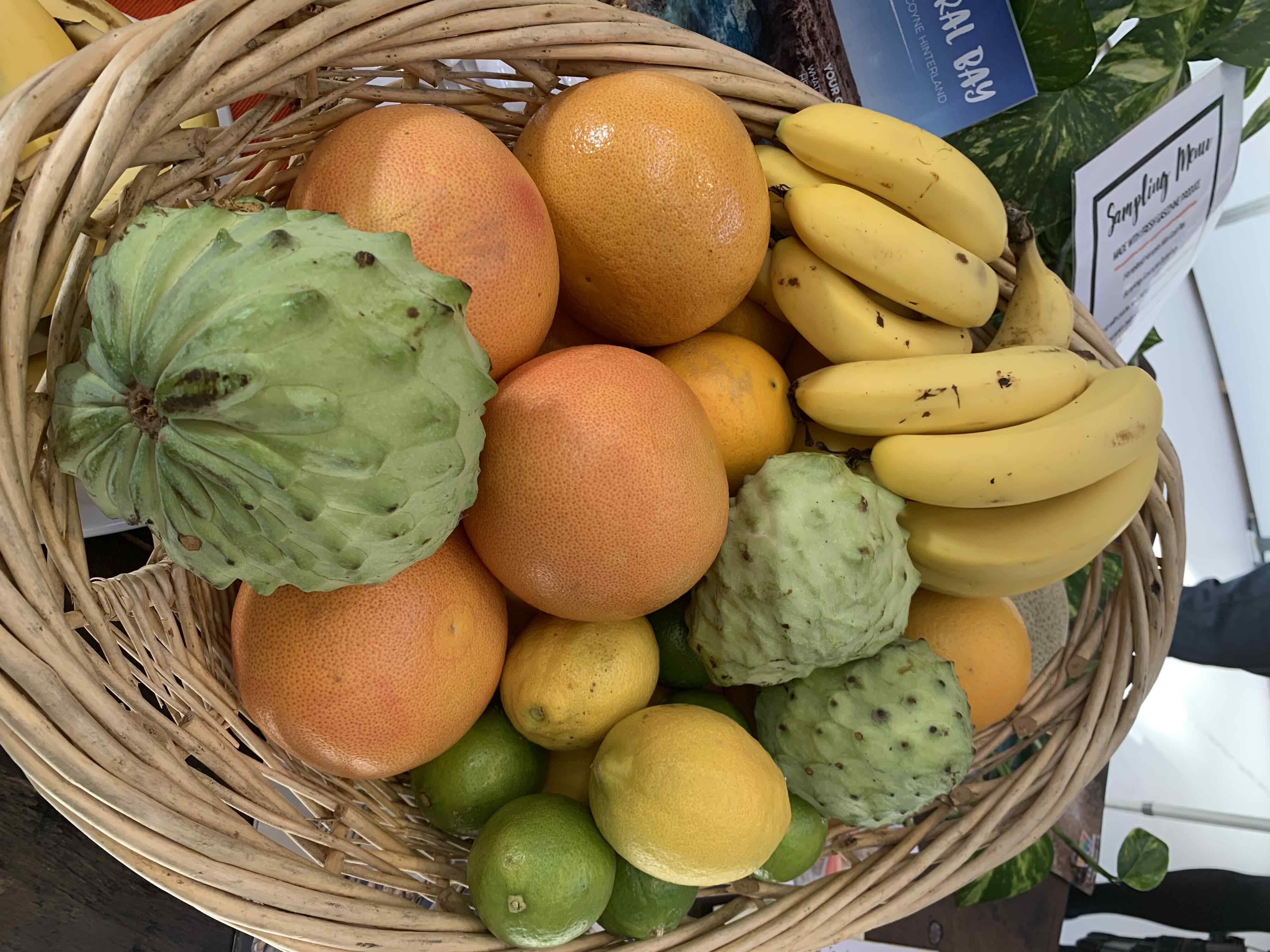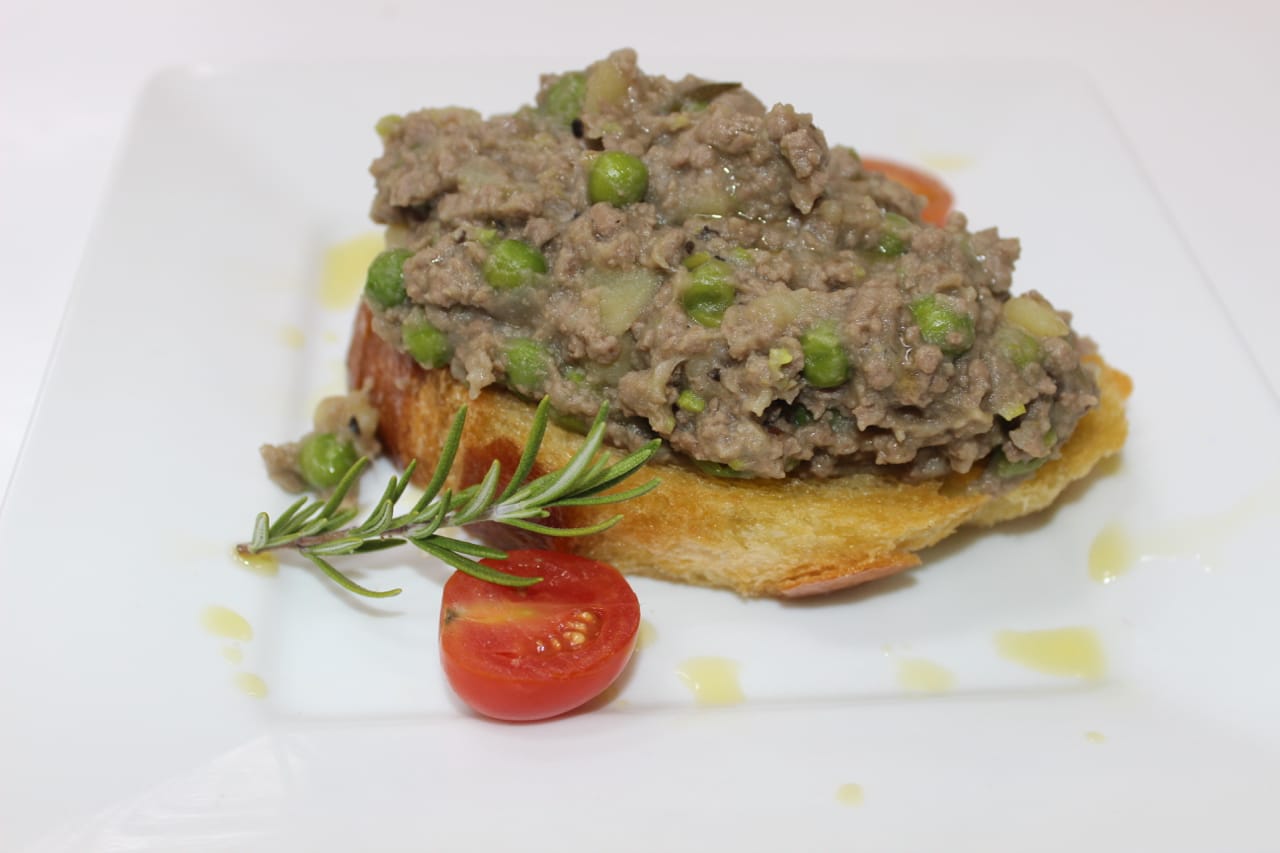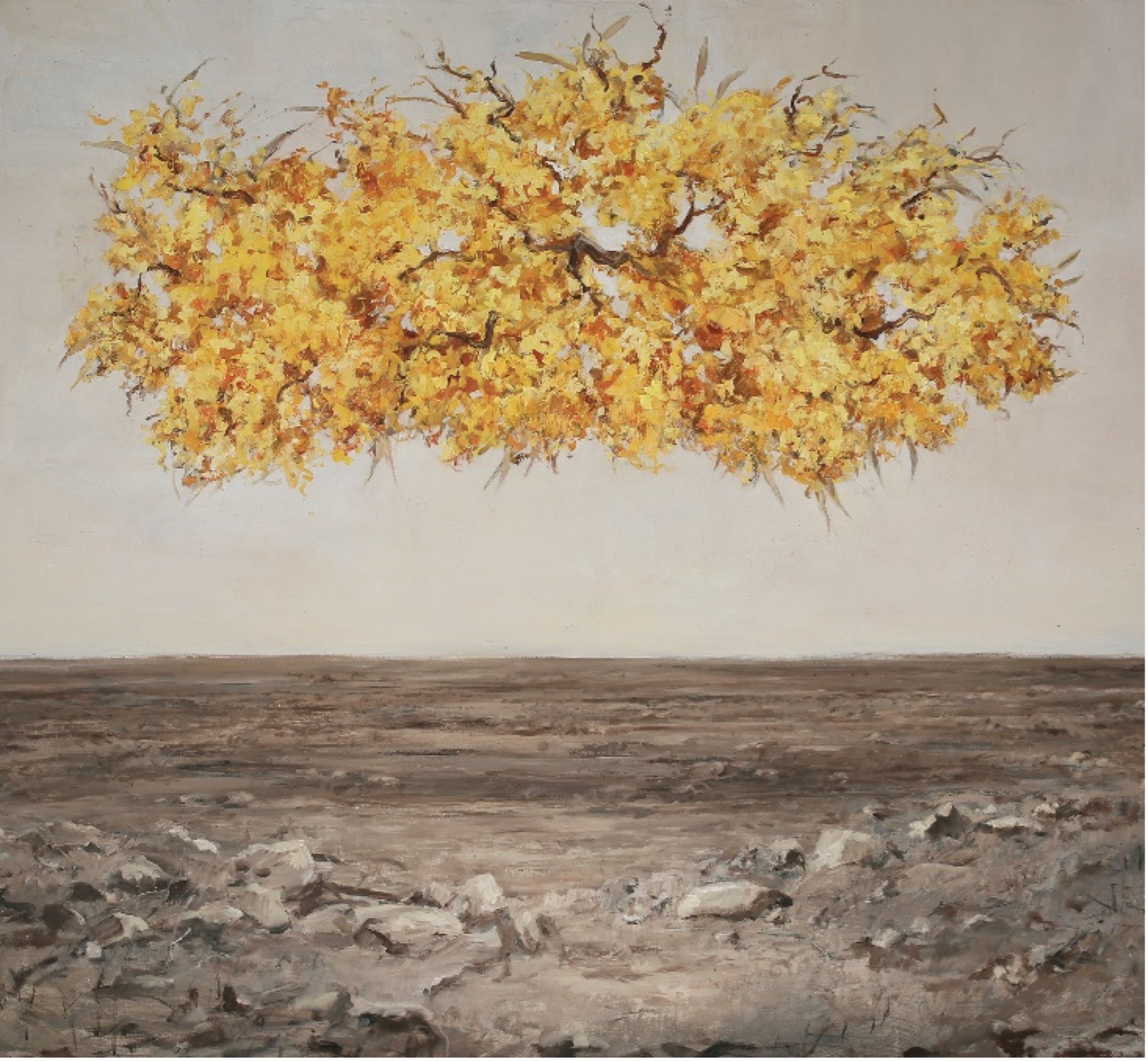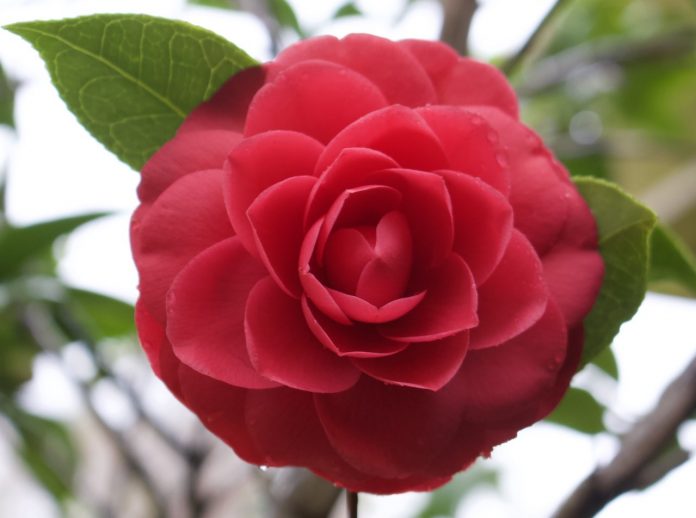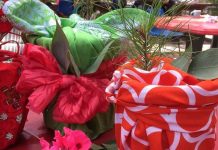From late autumn, through winter and into spring, one of the most popular of all the flowering plants in our gardens must be the Camellia.
This queen of flowers always brightens up those cold dreary days with exquisite beauty and extensive range of cultivars.
Plus, if you are enjoying a nice cup of warm tea during the cold and wet winter months it is most likely that your tea is made from the dried and cured young leaves of Camellia sinensis.
Camellia japonica is the largest of the many Camellia species and usually flowers from winter through to early spring.
The flowers range in colour from red, pink and bi-colours through to white, accentuated by the evergreen glossy green foliage. Most of these Camellias have descended from the single species of Camellia japonica first cultivated more than 550 years ago.
It is found growing on a number of the Chinese, Taiwanese, Korean and Japanese islands with mildly scented single red or pink slightly funnel shaped flowers. Naturally it grows between six to nine metres tall as either a tall shrub or small tree.
Breeding and hybridisation began at least 300 years ago in China and Japan, with the double flowering types preferred by the Chinese and the single flowered forms by the Japanese.
Camellias were introduced into Europe in the early 18th century from China and by the early 19th century many new varieties were being developed in Europe. By the early 20th century hybridisation had spread to the United States, Australia and New Zealand. It is now estimated that there are more than 20,000 cultivars of Camellia japonica grown around the world.
Always plant japonica Camellias in an acidic and well-drained soil, enriched with organic matter such as sphagnum peat, pine bark, cow manure and well decomposed pine needles. Sulphur can be added to the soil to lower the pH.
A partially shaded position is preferred, with morning sun and sheltered from strong winds and the hot afternoon sun. Camellias are happy to grow as an understory shrub underneath deciduous trees or on the shady southern side of the house.
Due to their shallow root system, it is essential to keep Camellias moist during summer. The addition of a pine bark, pine needles, jarrah sawdust or peat mulch will help to retain moisture and acidify the soil. Once established they are quite drought tolerant and can often be found surviving in old neglected gardens where most of the original plants had succumbed to drought.
For more exposed positions Camellia sasanqua is a better option. It will also perform better in full shade and makes a wonderful evergreen flowering hedge. Camellias make excellent container and pot plants, especially if your garden soil is heavy, alkaline or otherwise unsuitable.
Always use a premium ‘Azalea and Camellia’ potting mix and plant at the same level as the root ball. I have successfully grown Camellias in pots for many years and they can be under planted with bulbs and flowers for some extra spring interest. Pruning is usually not required but most Camellias can be shaped after flowering.
Hedges should only need a two to three trims a year to keep them neat and manageable. If you need to move or transplant a Camellia it is best done when they are flowering as they put on a big flush of soft growth afterwards.
Camellias make an impressive addition to the garden and their flowers also attract birds and bees during winter months, so try and find a little room in your garden for the ‘Queen of flowers’.
For more information check out the Camellia Society of Australia www.camelliasaustralia.com.au/ or take a short trip to see more than 450 Camellia cultivars at Araluen Botanic Park here in Western Australia www.araluenbotanicpark.com.au/
Could it be magic!
If you are looking for some appealing colour to brighten up your winter garden, then look no further than the vibrant Senetti Magic range of Pericallis cruentus hybrids from Oasis Horticulture. This year they are adding two new colours, Senetti Magic Salmon and Magic Blue to their exciting collection with each compact plant covered by up to 200 eye-catching blooms.
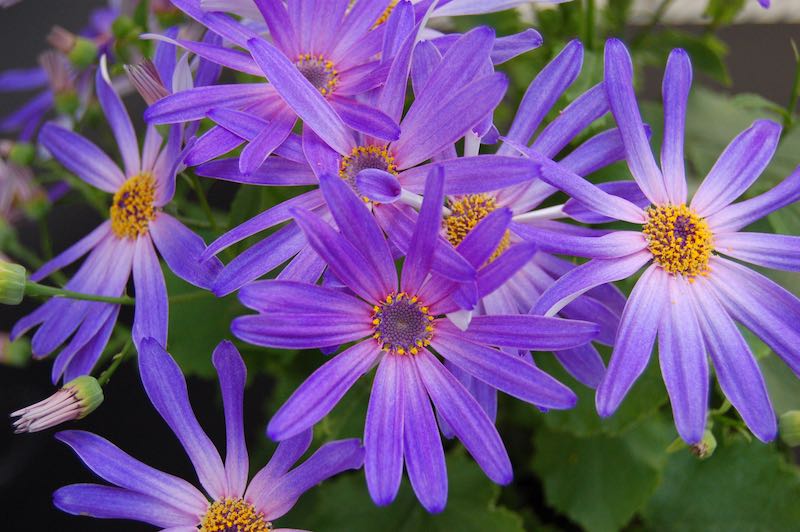
You don’t need to be a wizard like Harry Potter to grow these high impact pots of daisy-like magical flowers, as Senetti Magics start flowering in late winter and will continue well into summer. When the first flush of flowers fades, just trim the plants back to encourage repeat blooming later in the season.
Position these easy-care plants in either a part shade or full sun position where they will receive protection from the hot afternoon sun, particularly in warmer parts of Australia. The cooler temperatures of winter and spring are perfect for growth and a shadier spot is better in Perth during summer.
These compact plants grow up to 30cm in height with a spread of around 60cm across, so they are ideal for growing under deciduous trees or in decorative pots and containers on the patio.
Try grouping a number of pots together or plant them in drifts for a magic show-stopping effect. You can even keep them inside for a few weeks on a brightly lit windowsill, so you can enjoy the flowers close-up.
The petals of the new Senetti Magic Blue are a gorgeous soft baby blue towards the middle of the flower, bursting into a deep, electric blue on the outer tips. The petals in the centre of Senetti Magic Salmon are a soft salmon pink graduating to a vibrant blue on the outer tips creating a dazzling effect. Try contrasting both these new varieties with silver foliaged plants like Jacobaea maritima (Dusty Miller) for a very pleasing effect.
You can check out the new Senetti Magic range of colours at leading nurseries, garden centres and hardware stores.












